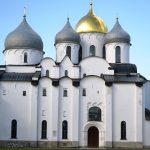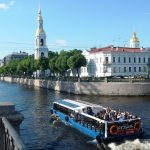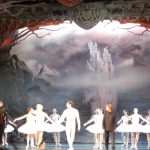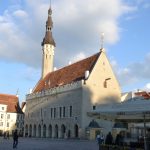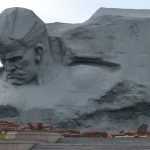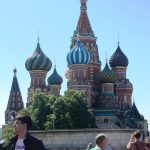Prepared by TMA member Sandringham, Victoria: Dr Jason Rajakulendran.
Exploring Russia, the largest country on earth and its neighbouring former Soviet states was something that had entered my mind a long time ago. Russia is a remarkable place whose famously repressed history has moulded a culture known for its pride and stoicism. I wanted to experience this culture, that is so vastly spread by distance, and to see how it had changed after trading with the west since the end of the cold war. The political situation in neighbouring Ukraine was barely an issue this time last year. This exemplifies how rapid political changes can occur and affect local security issues in foreign countries, and serves as a reminder that travellers need to remain aware and well informed when travelling.
From Helsinki a small bus tour crossed over Finland’s beautifully forested landscape. The Russian land border checkpoint with Finland is itself a cold war relic. Air-control towers with bullet holes and strictly uniformed officers were the backdrop for the unexpectedly ferocious mosquitoes that came out to feed after the long winter. The land of Lada cars sitting in car parks adjacent to luxury German saloons was a sign of how divergent traditional Russia has become in recent times. The cities of St Petersburg and Moscow are as different as the car example. The former has always aspired to be imperial and classically European; while Moscow is a symbol of former Russian communism, and in more recent times its affluent wealth and oligarch progression.  St Petersburg was a feast of culture, from the Hermitage place museum to the beautiful canals, colourful basilicas and the grandiose Peterhof Palace. Driving towards Moscow through rural Russia required rest breaks at various petrol stations that offered its own amphitheatre of odd attractions. One could purchase and try extremely odd flavours of food, soft drinks and vodkas. Also travelling circus troupes with black bears and spotted minx were on show, forming part of the mobile Moscow circus. At the birthplace of Tchaikovsky, ballet schools could be witnessed practicing in preparation for evening performances of Swan Lake.
St Petersburg was a feast of culture, from the Hermitage place museum to the beautiful canals, colourful basilicas and the grandiose Peterhof Palace. Driving towards Moscow through rural Russia required rest breaks at various petrol stations that offered its own amphitheatre of odd attractions. One could purchase and try extremely odd flavours of food, soft drinks and vodkas. Also travelling circus troupes with black bears and spotted minx were on show, forming part of the mobile Moscow circus. At the birthplace of Tchaikovsky, ballet schools could be witnessed practicing in preparation for evening performances of Swan Lake.
In smaller Novgorod local students would wait in the pub for a chance to practice their English with travellers, a sign of the times! Moscow on the other hand was a super stylish city full of brash and extraordinarily large soviet era architecture. It is full of boulevards brimming with traffic leading to shopping precincts that congregate around the Kremlin. At Red Square I was lucky enough to visit Lenin’s tomb – an odd sight that opens only a few hours a month. Moscow barely has a visible roman character, instead Russian Cyrillic adorns everything. This makes traversing the massive Moscow metro a nightmare without sufficient preplanning and counting of stops. Heading south into rural Belarus and Ukraine was like stepping back in time into the Cold War era. Little seems to have changed with regard to infrastructure or town layouts in these areas. After arriving into the more transformed Baltic States of Lithuania and Estonia, I noted some stunning mediaeval towns that were less overrun with tourists than comparable cities in Western Europe. It was a great trip full of odd experiences, great history and engaging people that has me looking forward to next time possibly on the Trans-Siberian railway.
If heading into this part of the world you must carefully plan and obtain Visas prior to departure since it is almost impossible to do this on arrival. It is also worth a chat to a TMA travel doctor to check that routine vaccines are up to date and to ask whether other vaccinations are needed. For example if trekking or doing other outdoor activities Tick Borne Encephalitis vaccine maybe required for your trip in the Bella-Russian region.
